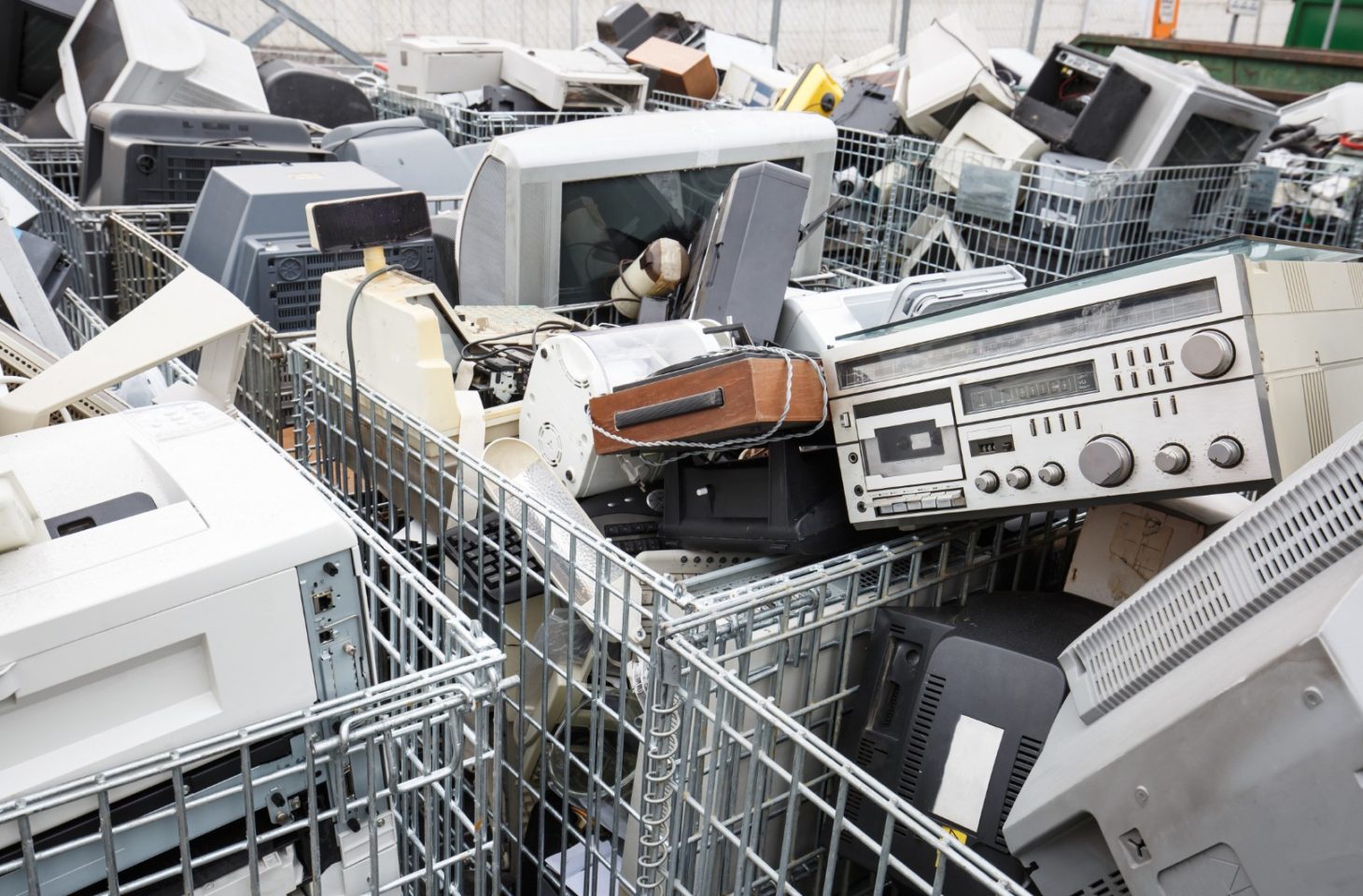In 2022, a record number of electronic devices such as televisions, smartphones and other tablets will be thrown away, amounting to a total of 62 million tonnes of e-waste. The UN warns that this avalanche of discarded devices is quickly polluting the planet.
The figures published by the United Nations in the Global E-Waste Monitor show that barely a quarter of the 62 million tons of electronic waste could be recycled. France24 understands that these discarded devices could be leaking heavy metals, plastics and toxic chemicals. . “This is an environmental catastrophe,” lead author Kees Balde told the French news agency AFP. Poorer countries in particular are exposed to the greatest health risks because much of the e-waste is shipped there from richer parts of the world.
83 billion euros
The UN estimates the value of thrown away waste at no less than 83.2 billion euros. Almost a third is used for another purpose, the rest ends up in the incinerator, in the landfill or is simply recycled incorrectly. According to the UN, the phenomenon will only increase because demand for new technologies such as solar panels or electric cars outstrips recyclability.
The report provides some striking figures. For example, around twice as much electronic waste was produced in 2022 as in 2010. This corresponds to 107,000 of the heaviest passenger aircraft. E-waste includes everyday items such as e-cigarettes, tablets, household appliances, but also larger devices such as televisions, electric bicycles and scooters. Each person on earth generates an average of 7.8 kg of electronic waste per year. However, there is a caveat, as people in Europe are responsible for seven times more e-waste than someone in Africa.
Critical raw materials
According to Balde, consumers can only do as much as the state and industry allow as long as the devices are not easier to recycle. An important factor here are the raw materials gold, copper and iron, but also critical metals such as cobalt. These are necessary, for example, in the production of batteries. “We only depend on a few countries for the production of these critical raw materials. “This also has geopolitical consequences,” Vanessa Gray (ITU) told AFP.
Another notable observation: the absolute know-how for recycling lies in developed countries. In developing countries, barely one percent of electronic waste is recycled correctly. In addition, the working conditions are anything but healthy. And yet the majority of electronic waste is shipped to these regions, often in the form of used devices. This is one of the reasons why 45,000 tons of plastic and 58 tons of mercury end up in the environment every year.
The transition from fossil fuels to clean energy will only increase the challenge, the UN fears. The organization estimates that the number of solar panels being retired will quadruple to 2.4 million tons by 2030. A third of the world’s population still does not have access to the Internet. If this part also goes online, e-waste will increase even further, the report says.
